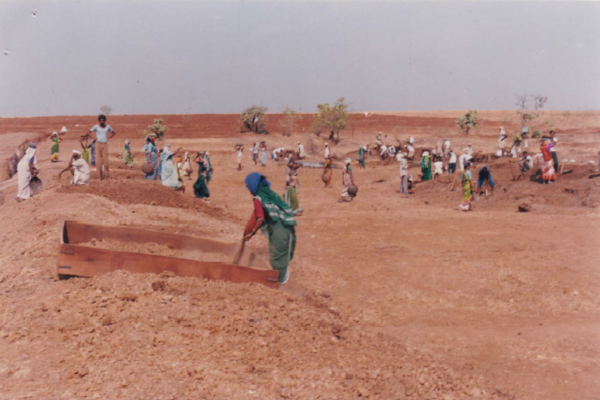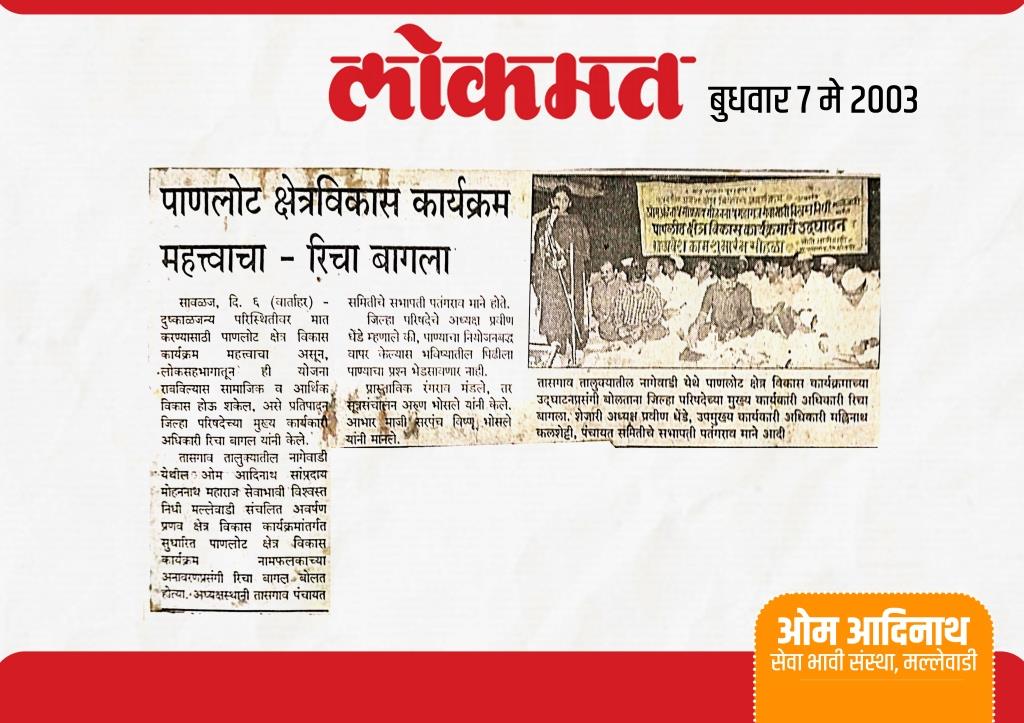Watershed Development Programme
Most of the agriculture in Maharashtra is rain-fed i.e. dryland. That is why this agriculture has many limitations. To eliminate them, watershed and water conservation is a very good option. The purpose of this scheme is to develop wasteland and increase the number of jobs through it while conserving valuable water and equally valuable soil. The existing land resources will be protected and improved. It is for this purpose that in the state since 2002, under the Mahatma Jyotiba Phule Jal-Bhoomi Sandharan Abhiyan, a resolution has been taken to conserve groundwater resources. Local NGOs and rural people are involved in this campaign.













